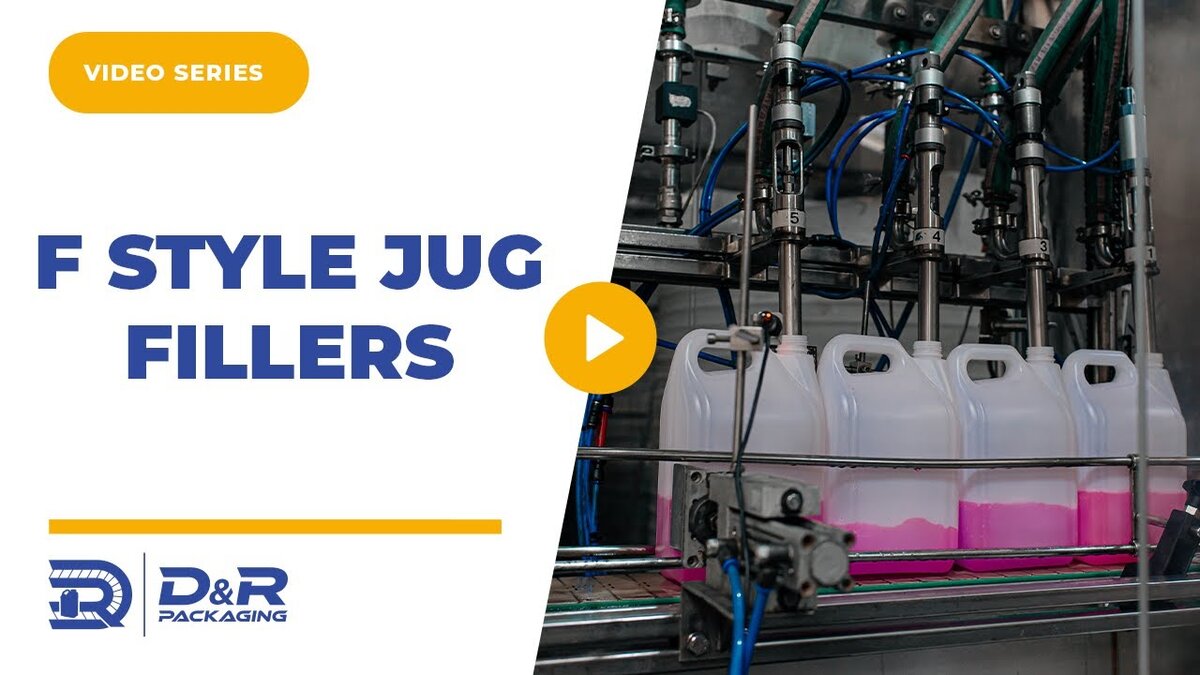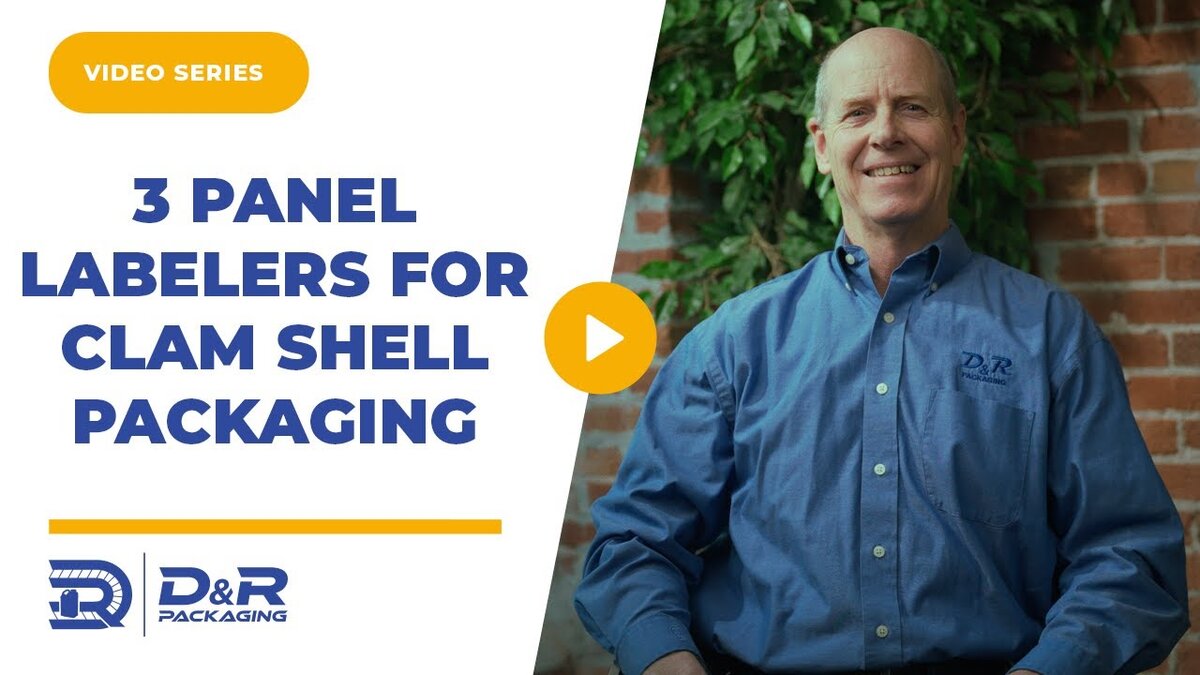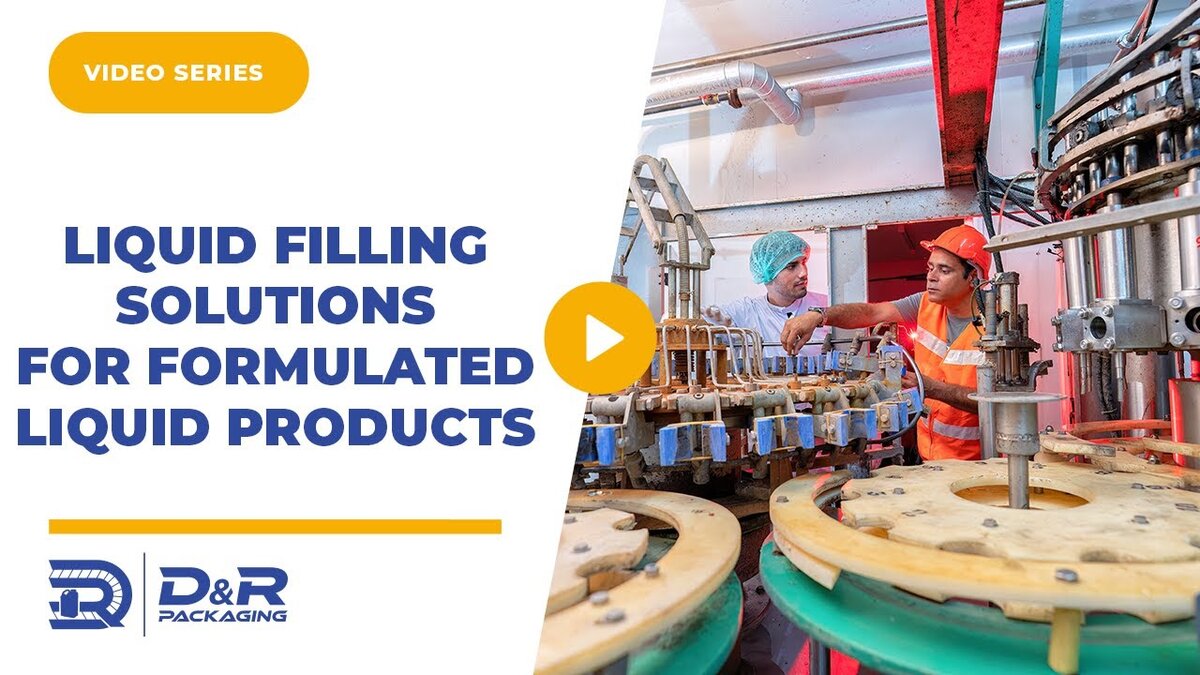Net weight filling technology is transforming the packaging industry by delivering unparalleled precision, ensuring every container is filled to an exact target weight. For industries where weight accuracy is crucial, this technology offers a significant advantage by minimizing product waste and enhancing consistency. In this article, we’ll explore how net weight filling works, the advantages it offers, and the challenges it faces—offering insight into why it’s becoming the preferred method for precise filling solutions.
How Net Weight Filling Technology Works
Net weight filling is a technique used to fill containers with a specific weight of product, be it liquid or dry material. The process begins by placing a container on a scale. Once the container is in place, the filling process starts, and the product is added until the target weight is achieved. This method is especially beneficial for products where precise weight is critical.
Two-Stage Fill Process
In many applications, net weight filling utilizes a two-stage fill process. Initially, the container is filled rapidly up to 80-90% of its capacity. At this point, the flow slows down, allowing for a more controlled and precise fill. This second stage, known as the dribble fill, ensures a sharp cutoff and a tight standard deviation in the filled weight, providing consistent and accurate results.
Challenges in Net Weight Filling
Like any technology, net weight filling has its challenges. One major issue is maintaining the position of the containers consistently. Whether dealing with jugs, bottles, or boxes, keeping them correctly positioned is crucial to avoid misfeeds or jams. Ensuring that the container remains in the proper place throughout the filling process is vital to achieving accurate weights.
Design Features of Net Weight Fillers
To address these challenges, our net weight fillers are designed with specific features to maintain control of the containers. We use neck locators to ensure the opening of the bottle is always aligned under the nozzle, preventing contact that could affect the scale’s accuracy. Additionally, our gaining system keeps the containers steady throughout the process, ensuring precise and consistent fills every time.
Comparing Different Filling Methods
Net weight filling stands out as one of the most accurate filling methods, especially for liquids, but it is also effective for dry products. Here’s a comparison with other filling techniques:
- Volumetric Filling: This method fills based on volume. However, changes in bulk density or specific gravity can lead to inaccurate fills.
- Time Volumetric Filling: This method relies on a set time to fill the container. Variations in flow or head pressure can cause inaccuracies.
- Pressure Overflow Filling: Suitable for non-foaming products, but recirculating the product can degrade it.
- Piston Filling: While accurate once calibrated, cleaning and maintaining piston fillers can be challenging.
Net weight filling avoids these issues by focusing on the actual weight, ensuring accuracy regardless of product density or flow characteristics.
Pros and Cons of Net Weight Filling Technology
Pros
- High Accuracy: By targeting a specific weight, net weight fillers provide precise fills, reducing product giveaway.
- Versatility: Suitable for a wide range of products, both liquids, and solids.
- Consistency: Ensures each container is filled uniformly, enhancing product quality and customer satisfaction.
Cons
- Initial Cost: Investment in high-quality net weight filling equipment can be higher compared to other methods.
In Summary
Net weight filling technology offers a highly accurate and versatile solution for packaging a variety of products. By focusing on the weight rather than volume or pressure, it ensures consistent and precise fills. While the initial setup and investment may be higher, the benefits of reduced product giveaway and enhanced product quality make it a worthwhile consideration for many industries.
At D&R Packaging, we understand the specific requirements of each application and work from a set of machine standards optimized to fit your custom production needs. Whether your project is a full turnkey production line or a single piece of product handling equipment, we provide efficient and cost-effective solutions. Contact us to learn how we can help improve your packaging processes with our advanced net weight filling technology.



